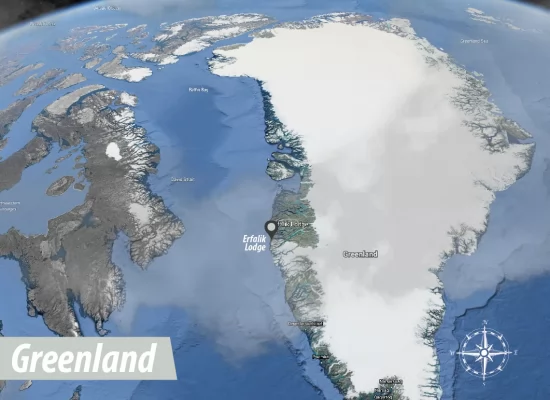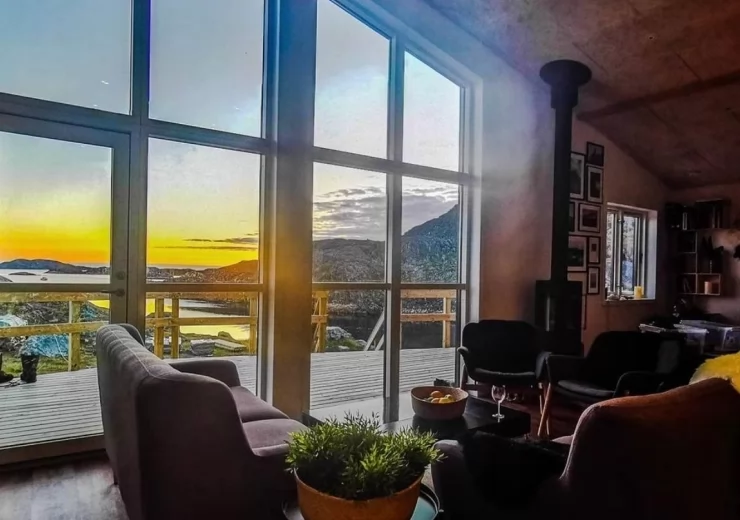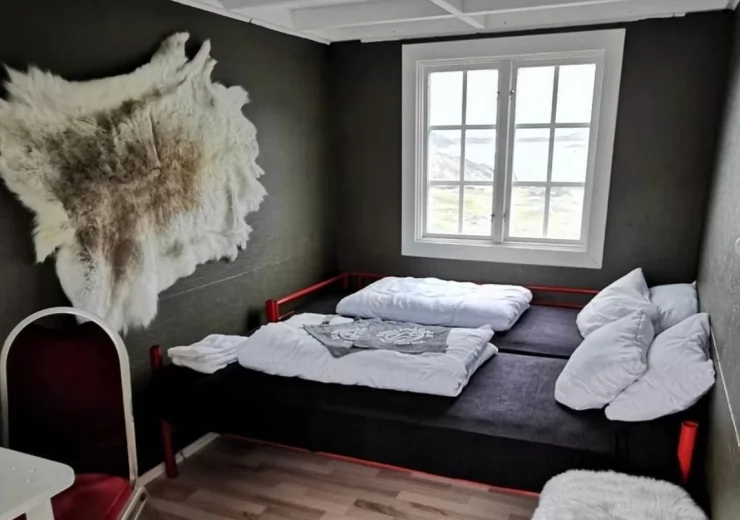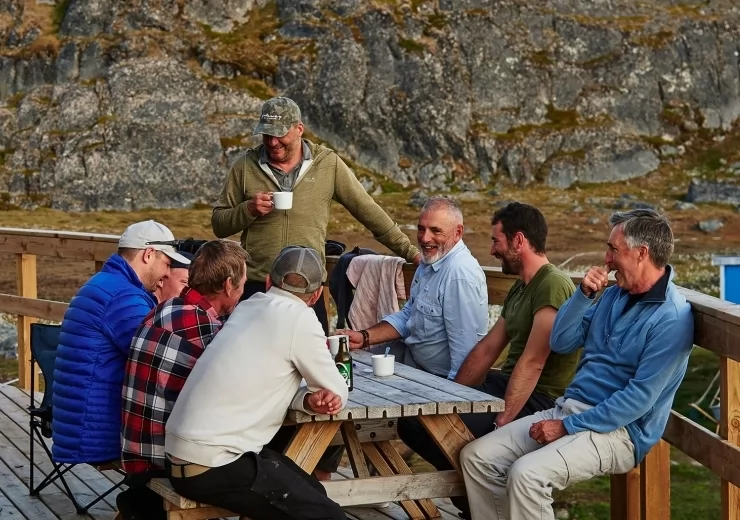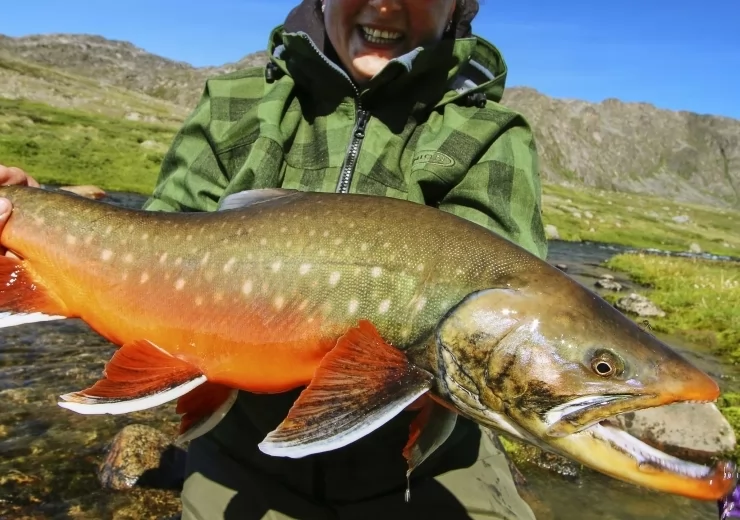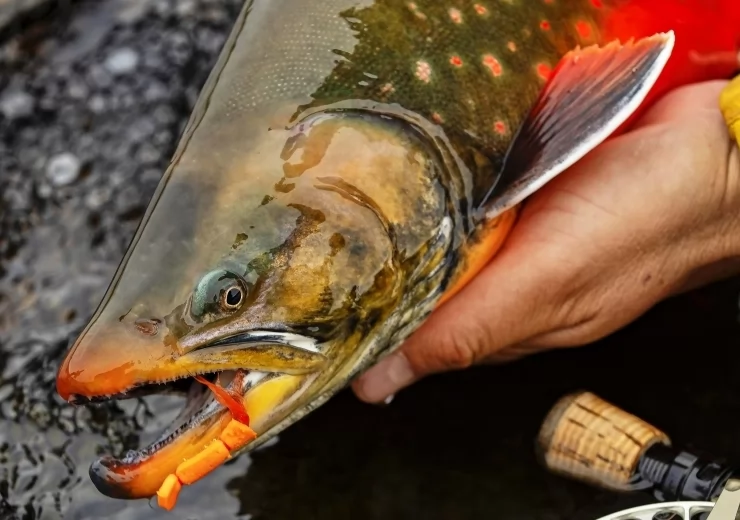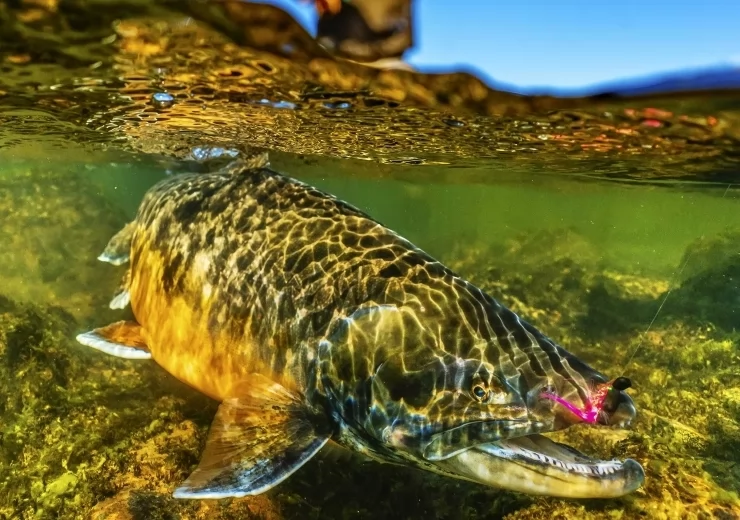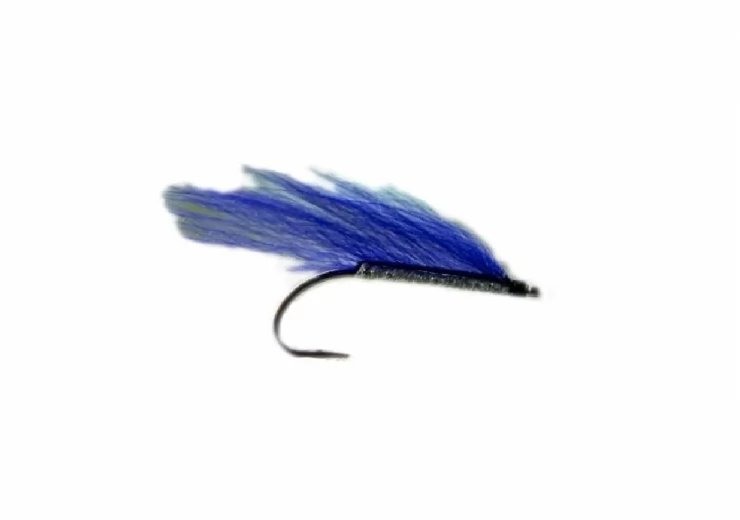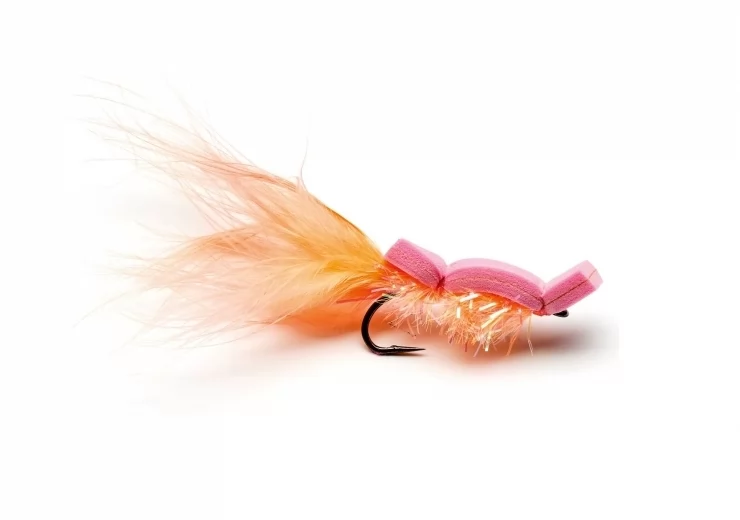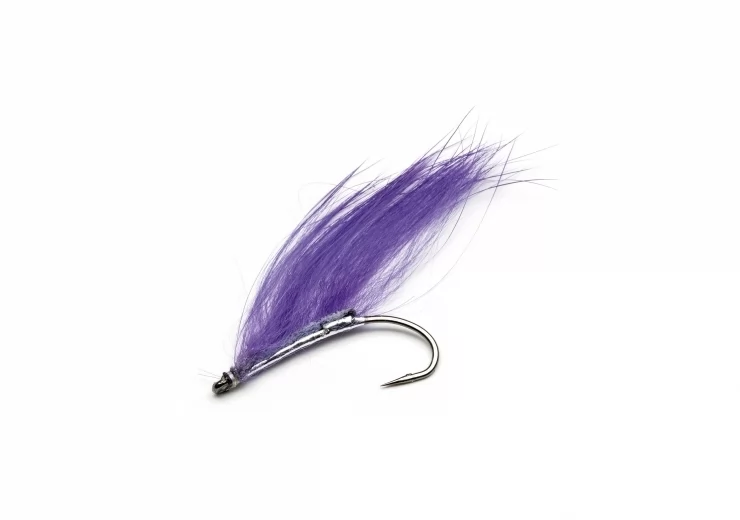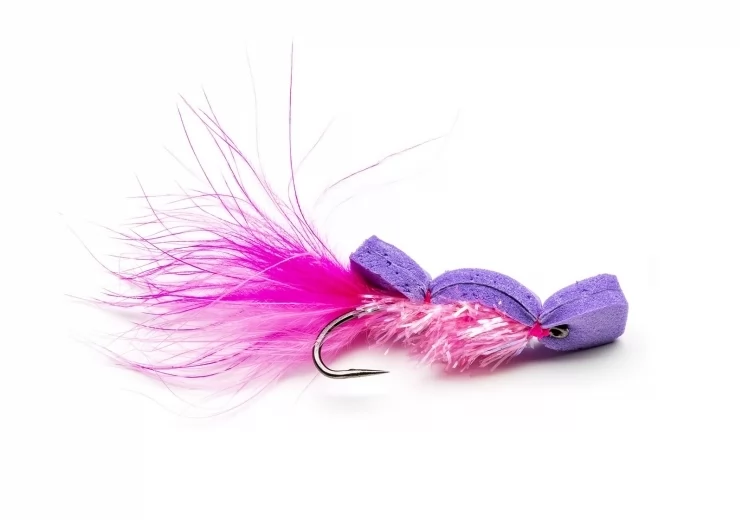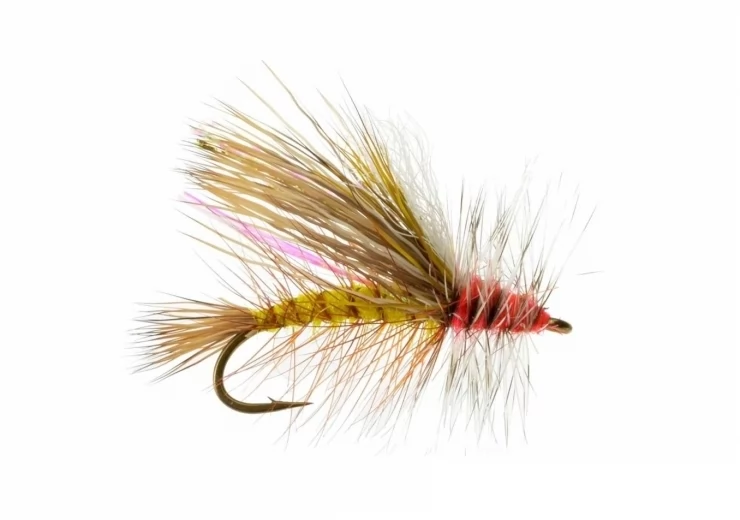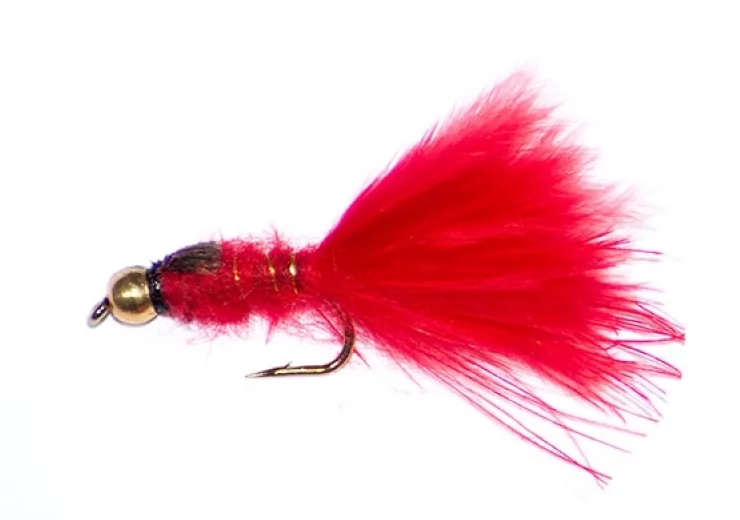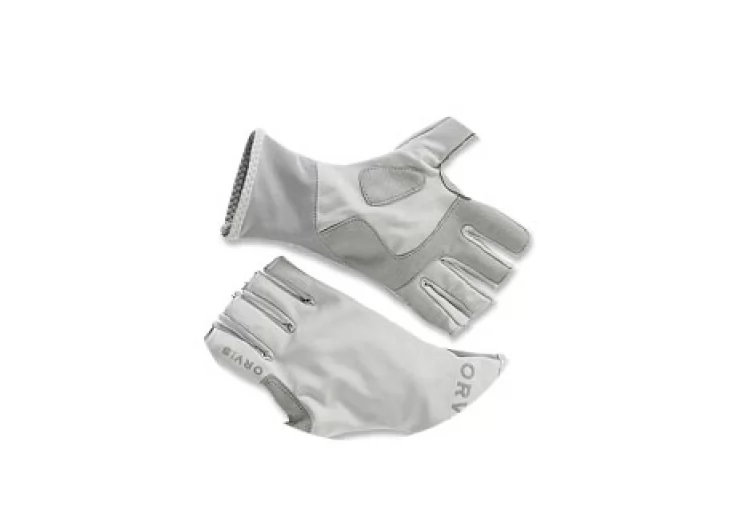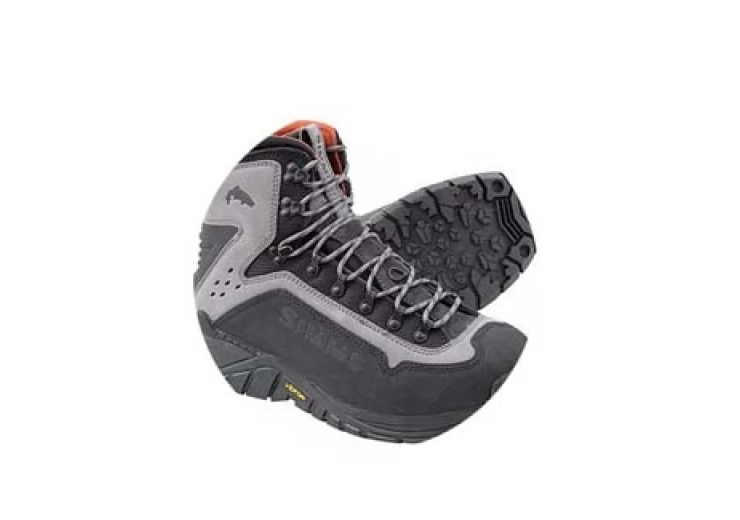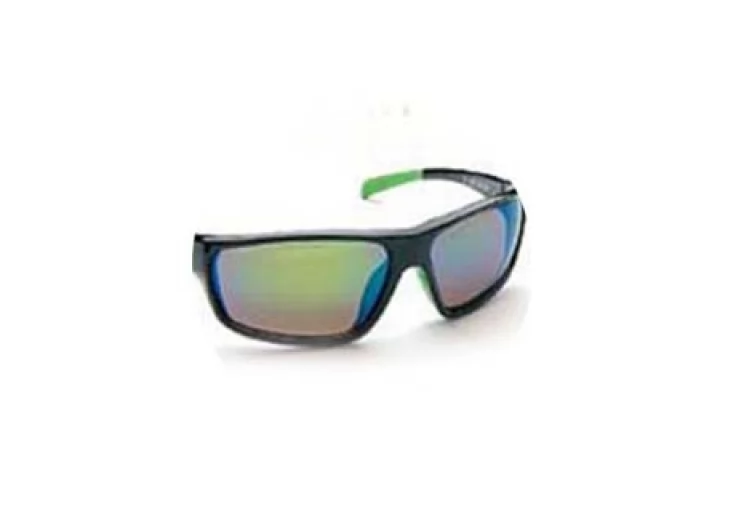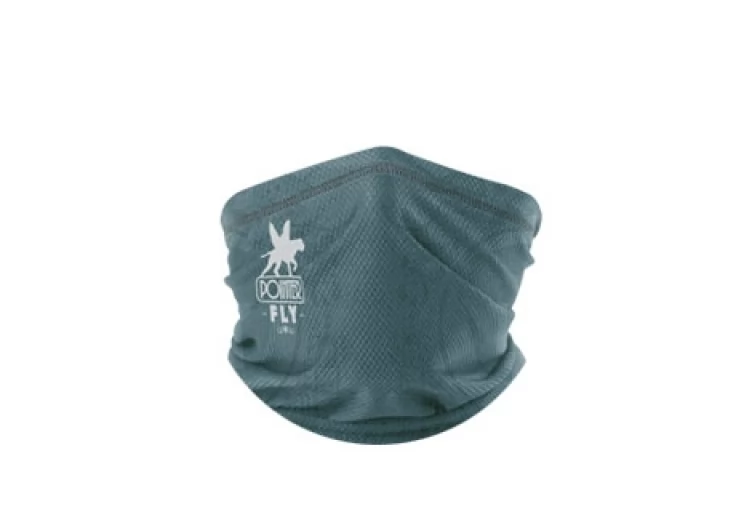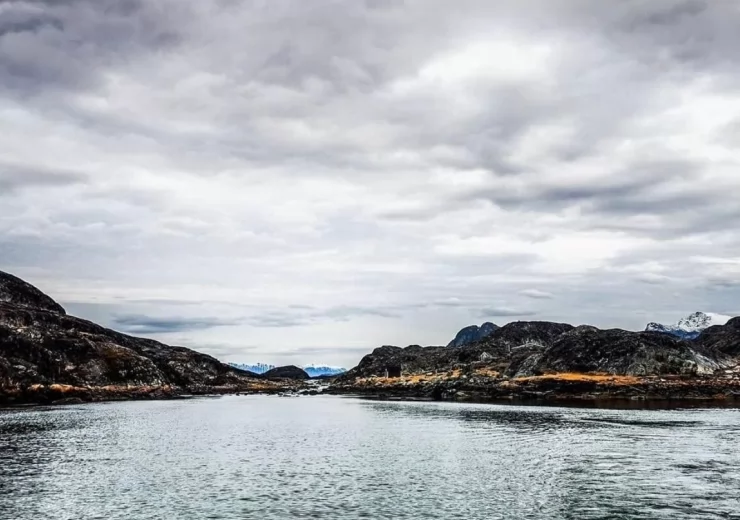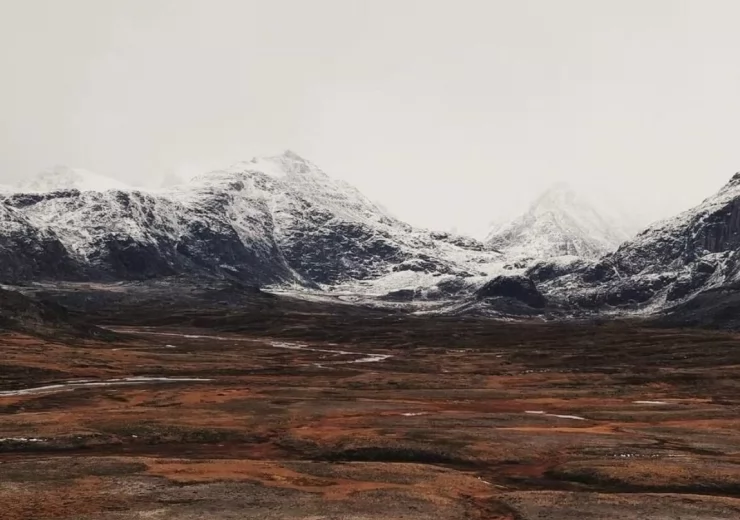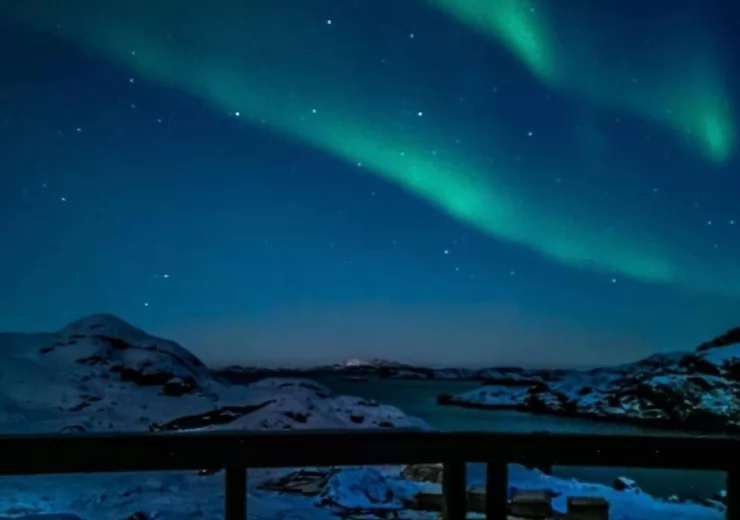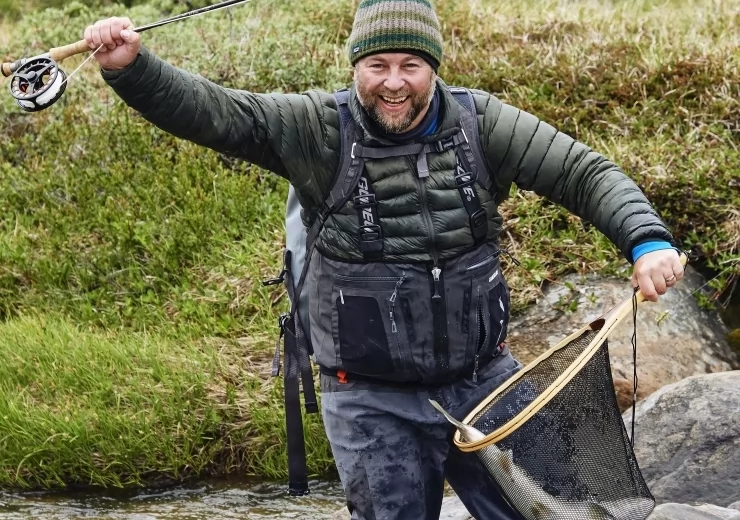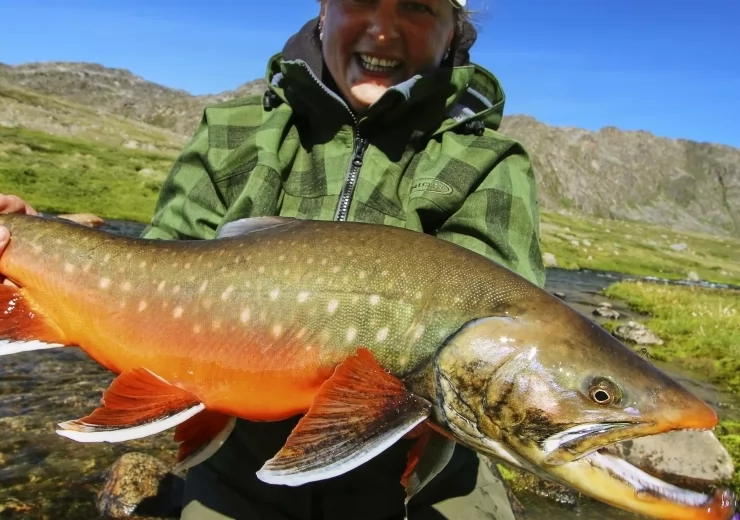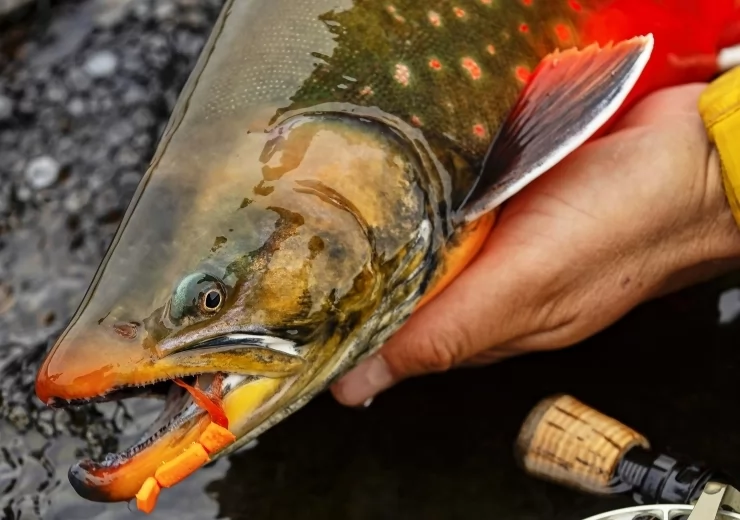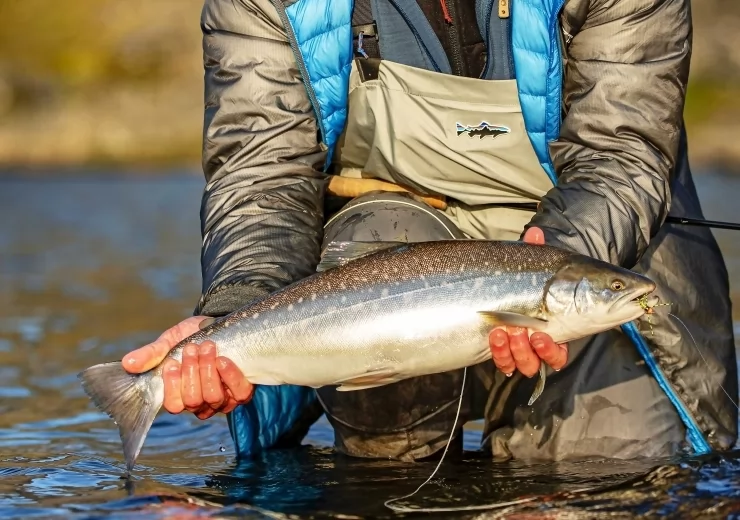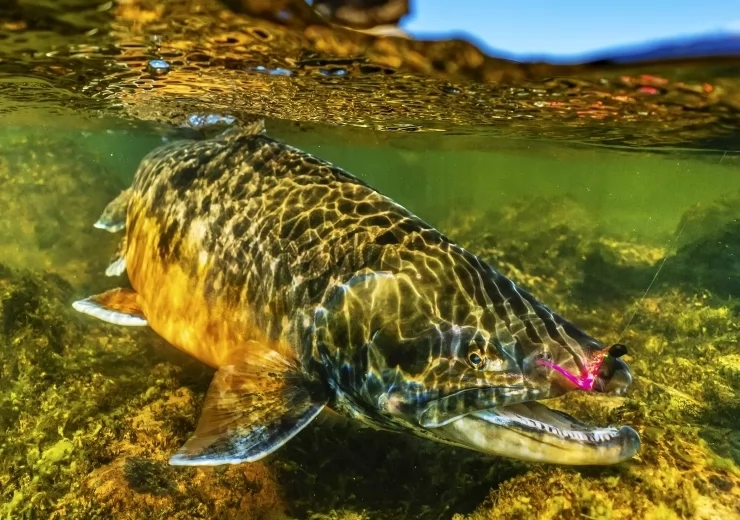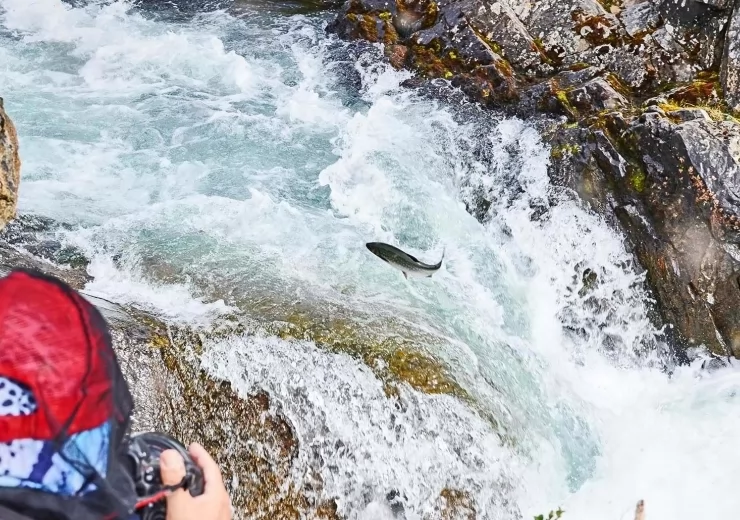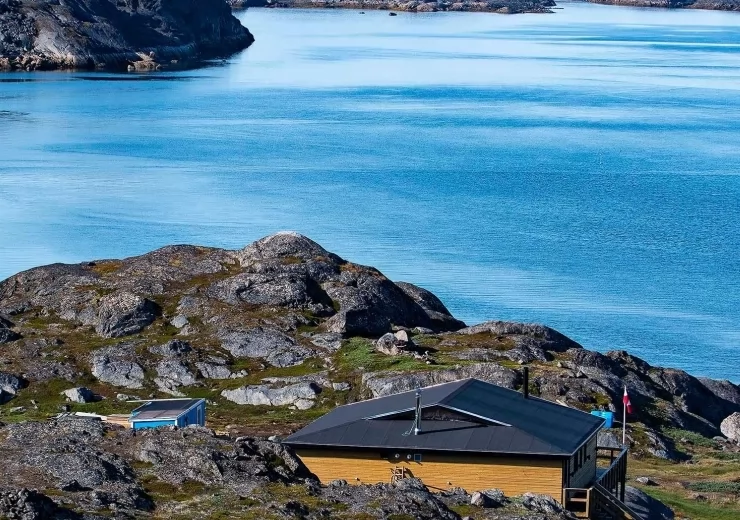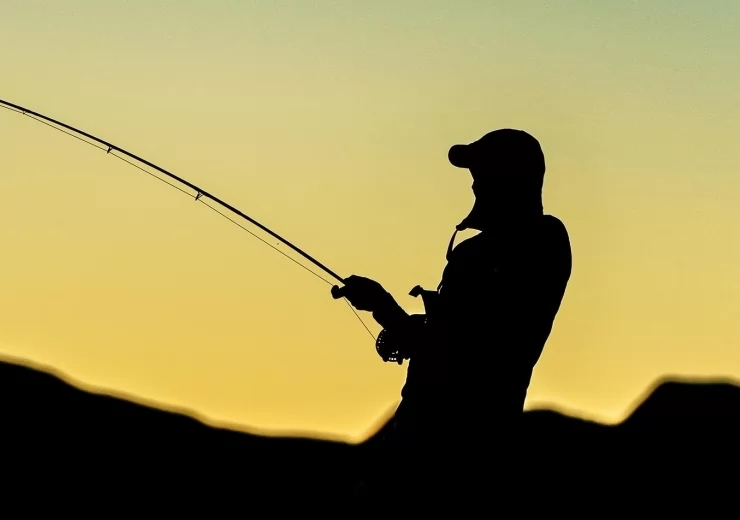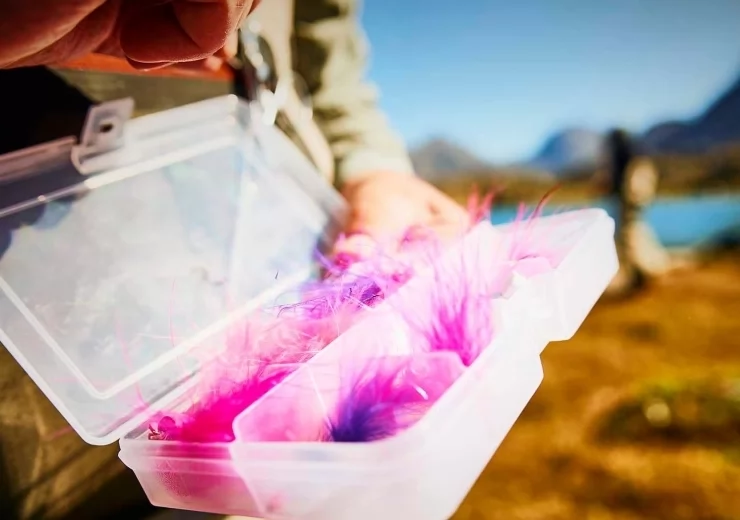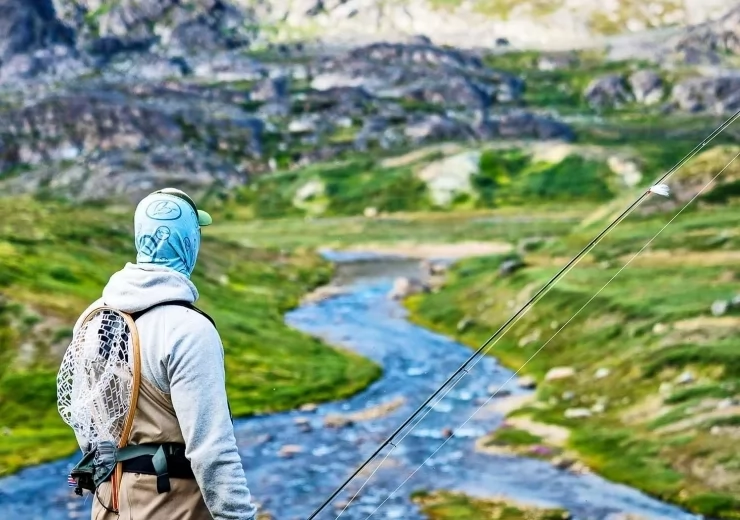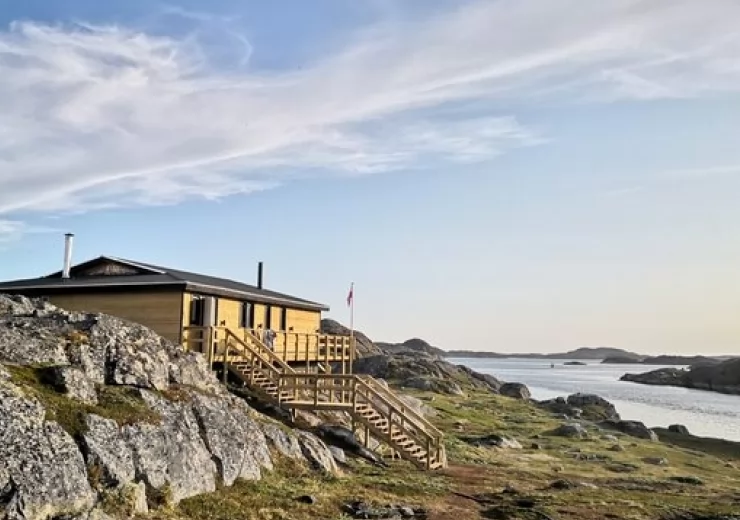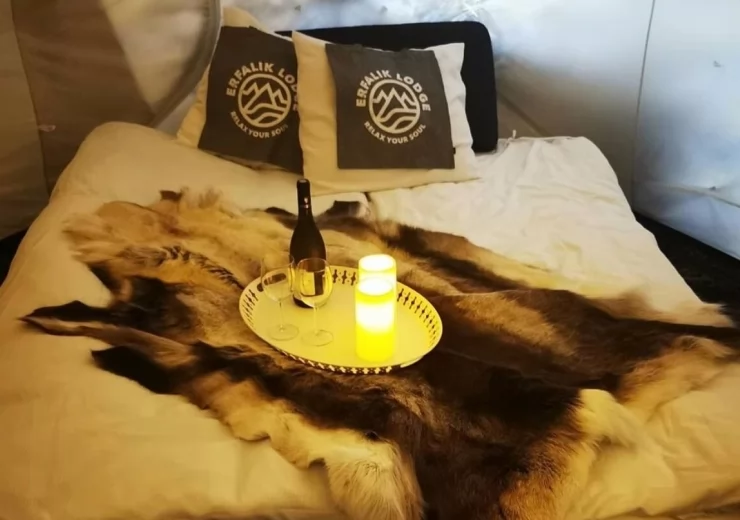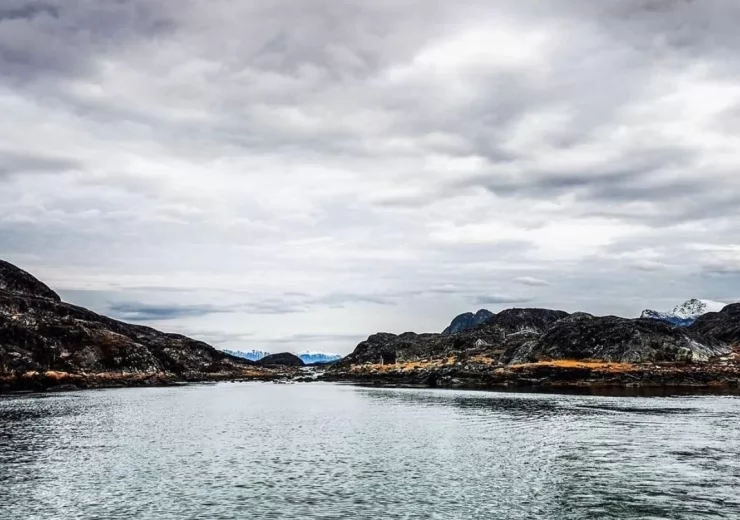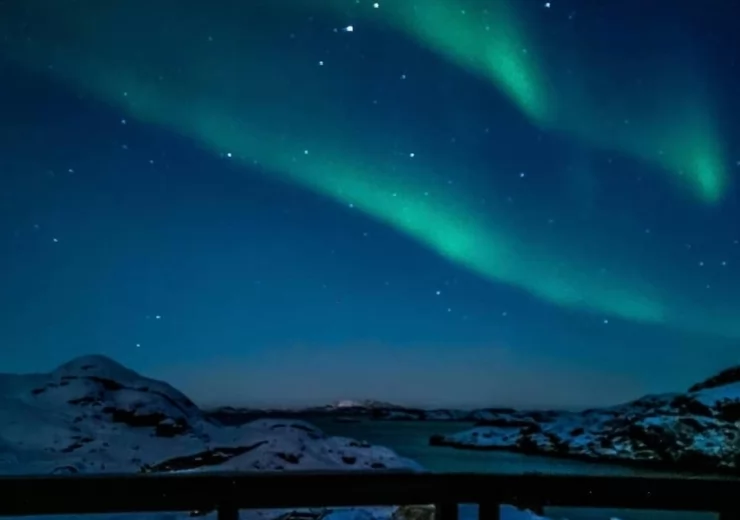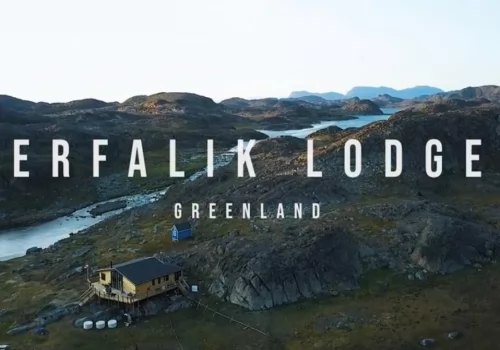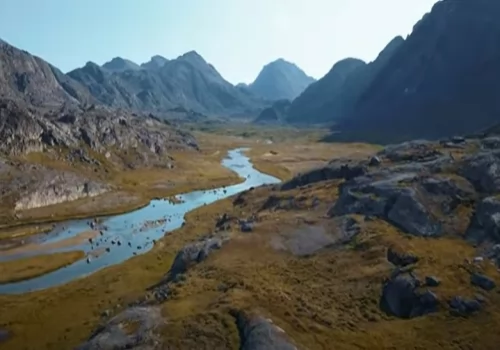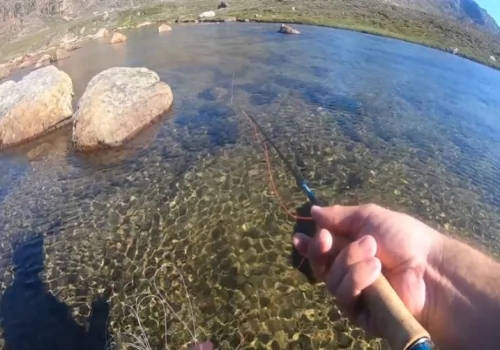Gear and equipment
FLY RODS
The go-to rod for Greenland arctic char is a single hand 6 weight, 9 foot 4-piece rod preferably with a small fight butt. Bring a spare rod as well – unfortunately, most groups of anglers break one or more rods during the week!
FLY REELS (AND BACKING)
Large arbour reels with a good brake, for #6-7 are perfect. 100 meters of 20 pds backing is more than sufficient. A spare reel is also a good idea!
FLY LINES
Typically you do not need to cast more than 15-20 meters. However, as it often is fairly windy in the middle of the day, you need a line that can cope with this. Floating WF lines, preferably with a short belly, are what you need for the rivers.
Yes – lines were in pluralis – bring a spare one!
For the lakes and fjord, you may add an intermediate or sinking line.
LEADER MATERIAL
On the river you will most often use a tapered 9 feet monofilament or fluorocarbon leader with a tippet around 0X-01X (0,28 mm – 0,31 mm) to enable a short fight. Bring 4-5 tapered leaders and some tippet spools. When the leader gets shorter after changing flies, you make a loop knot and loop it to a tippet. Then you may often need only to change the tippet part.
For the lakes and fjords, sinking poly-leaders may be handy.
THE FLIES
If the fish are not aggressive enough to go for streamers, it can pay off fishing small nymphs. Recently, some guests have also fished dry flies with success, especially on the lakes during calm evenings.
All kinds of streamers have caught chars at our camps. Bring your own favorites, and don’t be afraid to try something different. Often, a pattern the fish hasn’t seen before will get a reaction.
Whether you tie your own flies or buy them, there will be plenty of opportunities to experiment with many different flies. For streamers and foam flies the colours pink, purple, red, white and orange are a good starting point.
You can also try to spice up some of your flies with rubber legs – sometimes that does the trick.
Your fly box should include:
• A number of foam flies on size 4-6 hooks in orange, pink and purple.
• A selection of small streamers, some with bead chain eyes, some unweighted and lightly
dressed.
• Weighted nymphs size 6-14.
• A few bigger streamers, some weighted (mostly for the lakes and the fjord).
• Optionally some dry flies (Caddis) e.g. to use at the lakes on calm evenings.
THREE FAVORITES
The Foam Fly: When we can get the chars to take a skated foam fly on the surface we don’t fish anything else!
The Cowboy Fly: This small and lightly dressed streamer has caught a lot of fish, especially at Camp North.
The Five Hair Fly: Another lightly dressed but super efficient pattern – at both of our camps.
THE FOAM FLY
Hook: Ahrex NS110 size 4-6 or similar
Thread: Matching the color of the foam
Body: Flash chenille
Foam: Closed Cell foam, 2 x 2mm or 1 x 3mm
Tail: Marabou, fox – or a bit of both.
THE COWBOY FLY
Hook: Ahrex NS110 size 6-8 or similar
Thread: Black
Body: Silver tinsel
Wing: Purple rabbit strip, cut as narrow as possible, and tied zonker-style.
THE FIVE HAIR FLY
Hook: Ahrex NS110 size 6-8 or similar
Thread: Pink
Body: Pearl flash
Wing: Light purple polar bear (or similar) and a few strands of purple
Crystal Flash
Head: Silver bead chain eyes.
